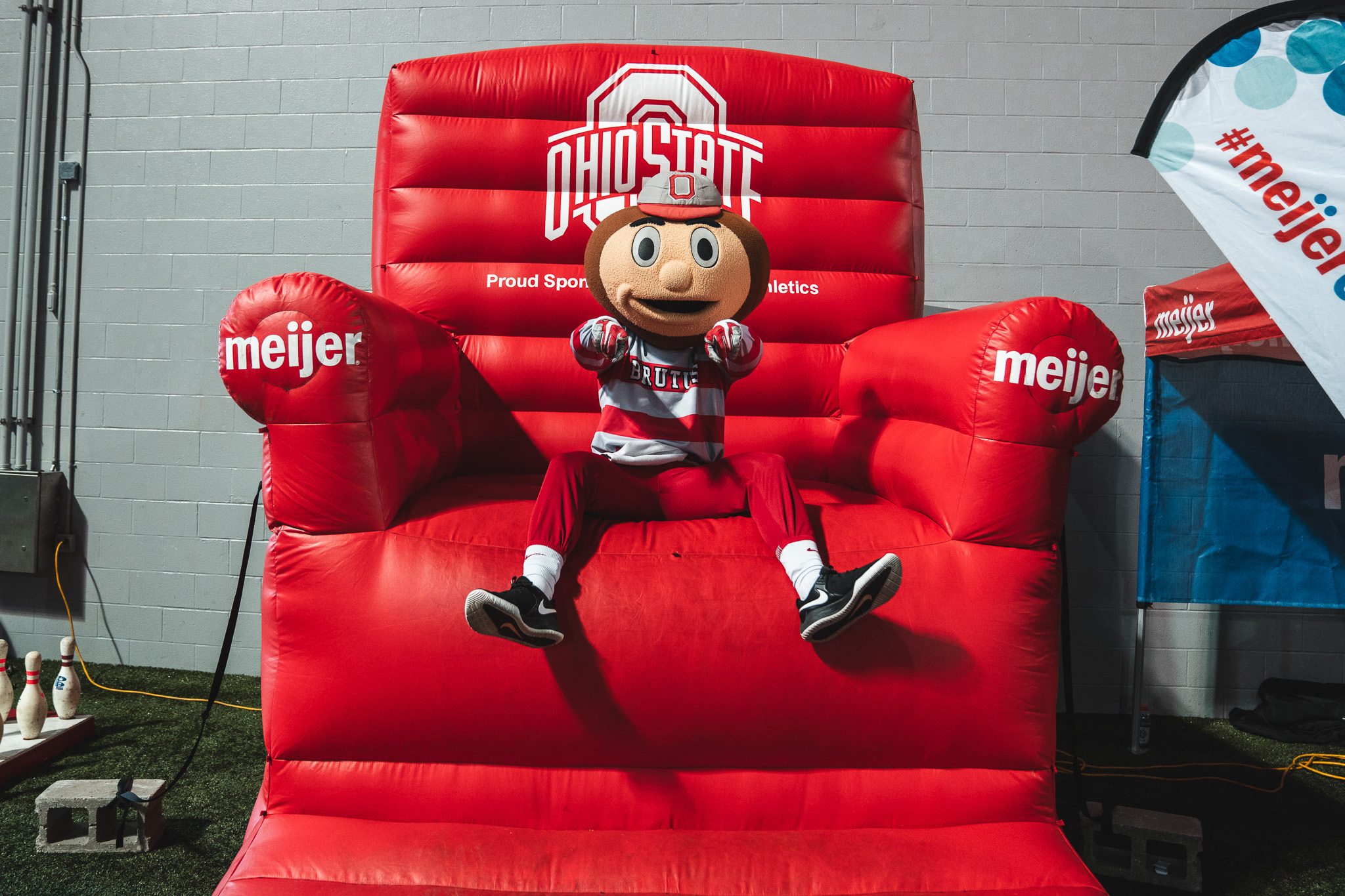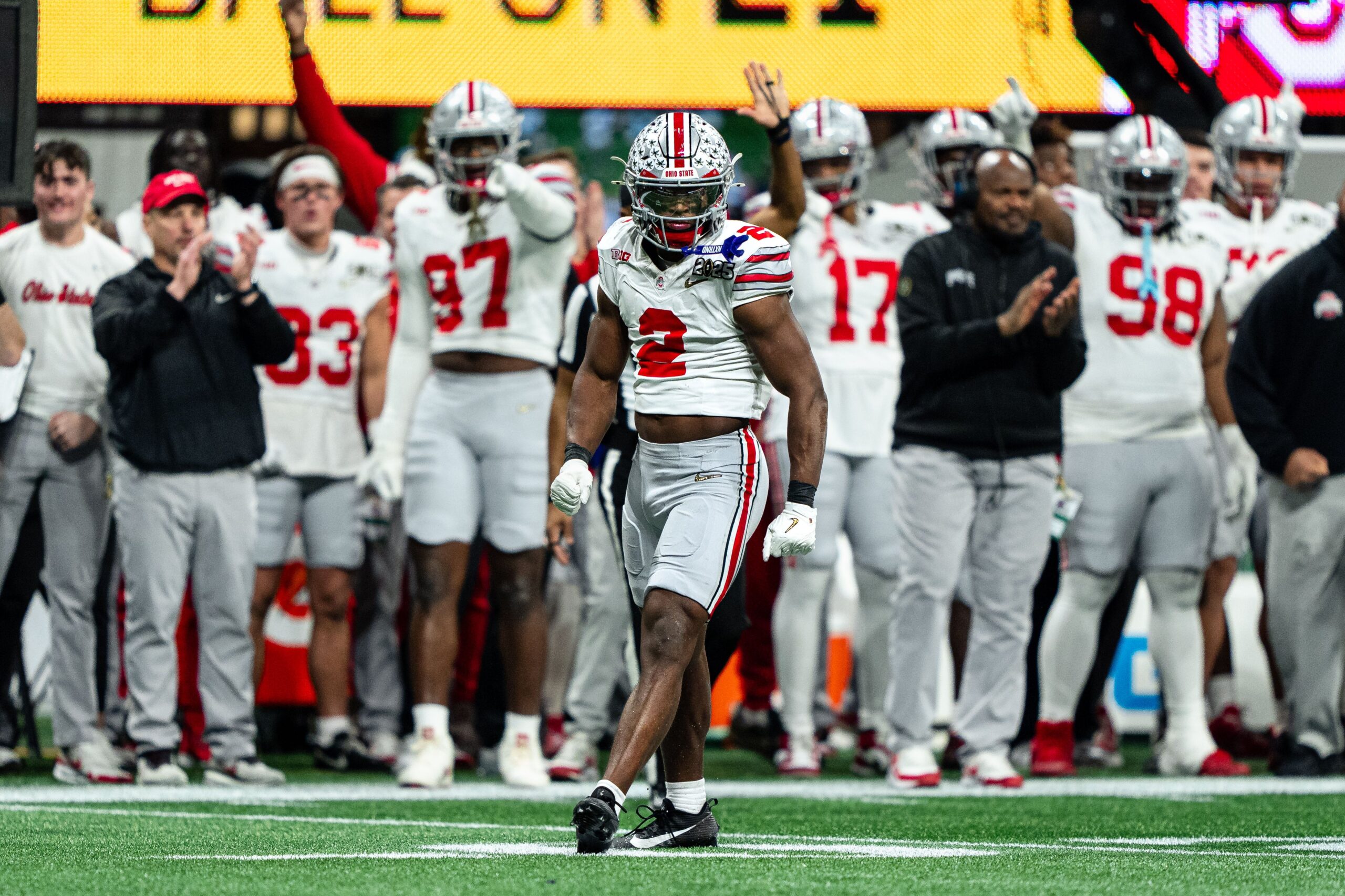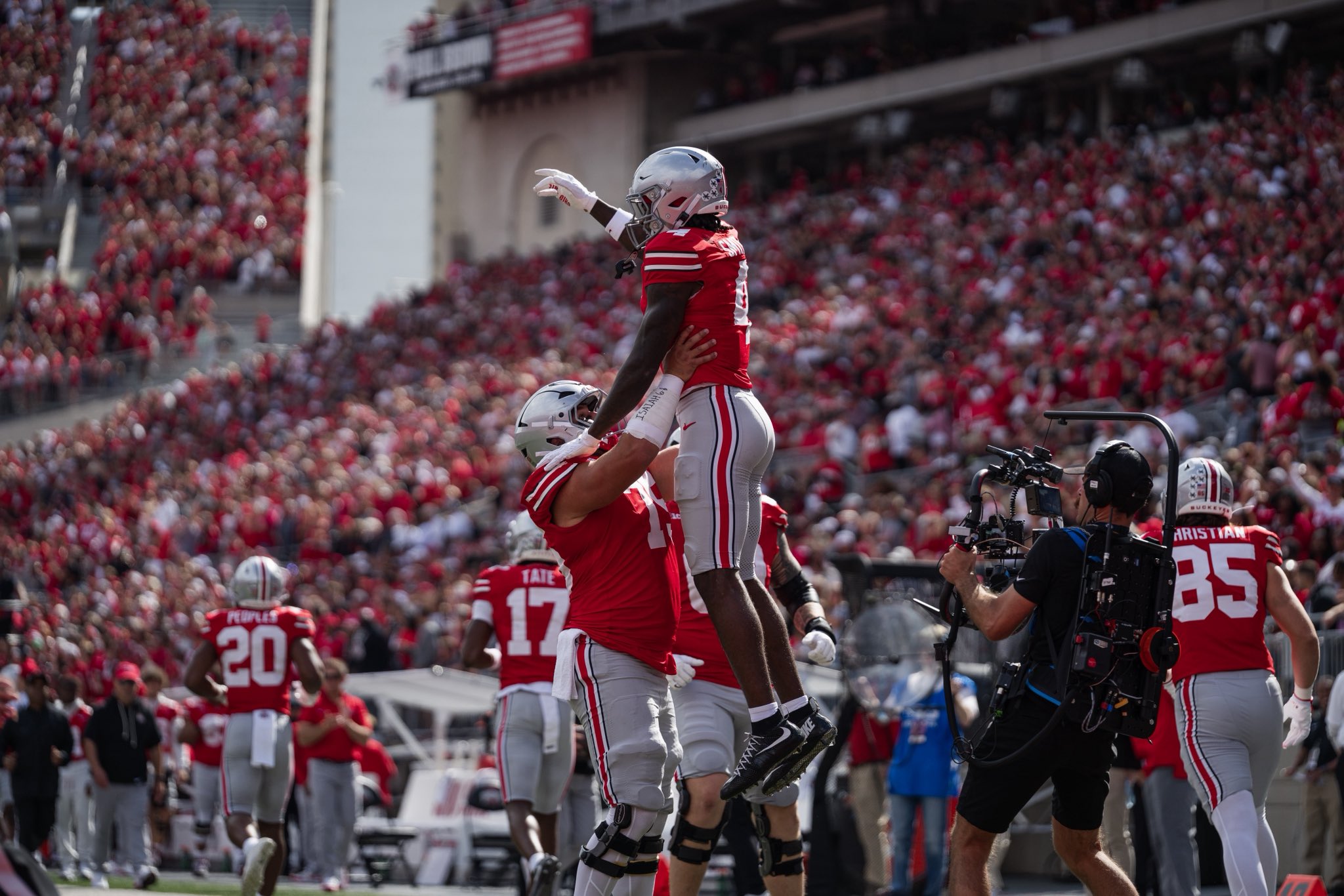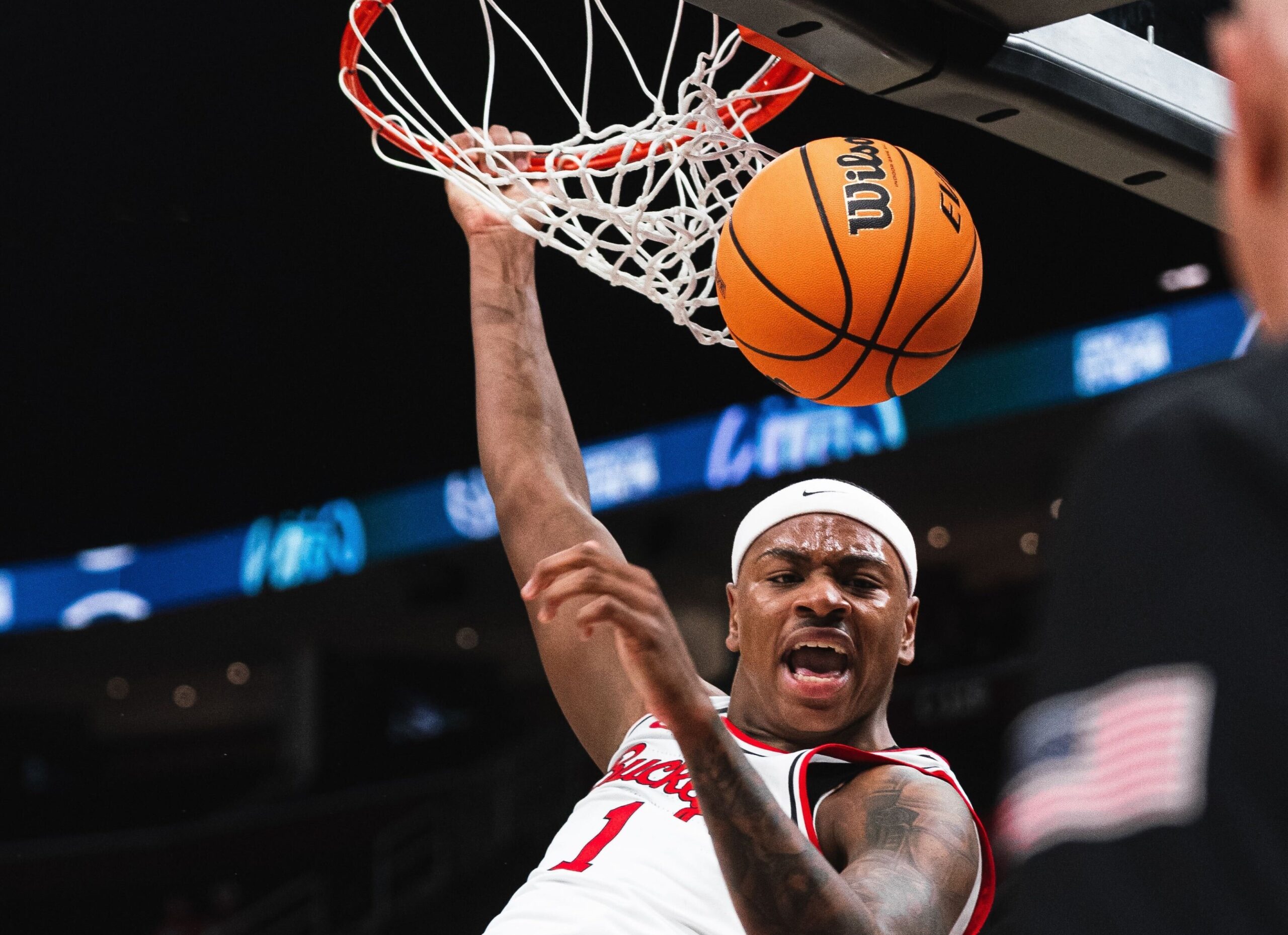
If there were any lingering doubts about who ruled college football last season, the 2025 NFL Draft put them to rest. Ohio State didn’t just win on the field—they dominated in the draft room as well. On Thursday night, the Buckeyes proved once again why they’re the gold standard, becoming the only program in the nation to have four players selected in the first round.
Wide receiver Emeka Egbuka was the first Buckeye off the board, going 19th overall to the Tampa Bay Buccaneers. He was followed by guard Donovan Jackson at No. 24 to the Minnesota Vikings, defensive tackle Tyleik Williams at No. 28 to the Detroit Lions, and offensive tackle Josh Simmons at No. 32 to the reigning Super Bowl champion Kansas City Chiefs. That unmatched haul of first-rounders not only set Ohio State apart in this year’s draft, but also extended the program’s all-time record for first-round picks to 95—nine more than second-place USC.




For context, Georgia and Michigan tied for the second-most first-round picks this year with three apiece. It’s the first time in three years that any school had four players selected in the first round, and it’s the fourth time Ohio State has hit that mark—previously doing so in 1971, 2006, and 2016.
The 2025 draft is shaping up to be one of the most prolific in Ohio State history. With a deep pool of talented Buckeyes projected to come off the board in later rounds—including running backs TreVeyon Henderson and Quinshon Judkins, defensive ends JT Tuimoloau and Jack Sawyer, and quarterback Will Howard—Ohio State could tie Georgia’s 2022 record of 15 total draft picks in a single year.
One of the more remarkable milestones on Thursday night was the selection of two Buckeye offensive linemen in the first round—something that hadn’t happened since 1975. Donovan Jackson and Josh Simmons each took very different paths to becoming first-rounders, but both ended their college careers as indispensable parts of Ohio State’s national title run.

Jackson, a three-time All-Big Ten performer, started his Buckeye career at left guard before shifting to left tackle midseason in 2024 after Simmons suffered a torn patellar tendon. Despite the abrupt position change, Jackson thrived—silencing elite pass rushers in the College Football Playoff and reinforcing his status as one of the most versatile and dominant linemen in the country. Simmons, who transferred from San Diego State to fill a key void at left tackle, evolved into a pass-protection anchor, surrendering just one pressure in six games before his season-ending injury. Now, he’ll have a shot to protect Patrick Mahomes and chase a Super Bowl ring early in his NFL career.
Egbuka’s selection continued a truly astonishing run for Ohio State wide receivers. He became the sixth first-round pick from the Buckeyes’ legendary 2021 receiver room, joining Garrett Wilson, Chris Olave, Jameson Williams, Jaxon Smith-Njigba, and Marvin Harrison Jr. That group has already made waves in the NFL, with all but Harrison having recorded 1,000-yard seasons—and Harrison nearly hitting the mark as a rookie last year.

That 2021 receiver room may go down as the greatest positional group in college football history. It wasn’t just packed with talent—it forged greatness through competition. Egbuka himself credited his development to the high bar set by his peers, a bar he worked relentlessly to clear en route to becoming Ohio State’s all-time leader in receptions.
Even with those stars now in the NFL, the Buckeyes’ receiver room hasn’t missed a beat. Future top picks like Jeremiah Smith and Carnell Tate are already carrying the torch, with more talent like Brandon Inniss, Mylan Graham, and Quincy Porter waiting in the wings. Under wide receivers coach and offensive coordinator Brian Hartline, the standard at Ohio State has only risen—and the 2021 group remains the benchmark.
Thursday night wasn’t just a celebration of talent—it was a statement. Ohio State continues to set the pace, from dominating Saturdays in the fall to headlining Thursday nights in the spring. And as more Buckeyes prepare to hear their names called, it’s clear: the NFL’s future still runs through Columbus.










